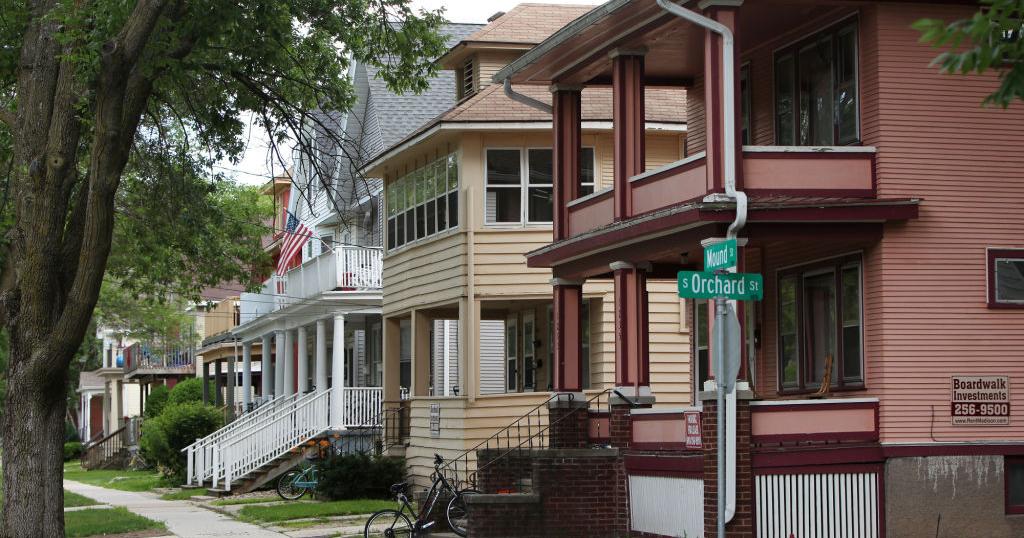AARP Hearing Center

AARP is working across the nation to make their communities more livable for people of all ages. Among the keys to creating more livable communities is housing that is both adaptable and suitable for the changing needs and demographics of American households.
As we found in Making Room: Housing for a Changing America, demographic and lifestyle shifts have shown that the nation’s current housing stock is not equipped for the needs of a rapidly aging nation.
By 2035, 1 in 5 people will be 65 and older. And by 2035, older adults are projected to outnumber children for the first time ever. Nuclear families now account for only 20 percent of today’s households, a significant decrease from the post-World War II era where they represented 43 percent of households.
Additionally, adults living alone now account for nearly 30 percent of American households, a growing phenomenon across all ages and incomes.
Finally, economic shifts have led to a shrinking middle class, impacting the ability of many Americans to afford traditional housing options, and raising the need for more affordable housing solutions. All these changes call for a wider menu of housing options that can adapt to the changing needs of individuals and families at all life stages.
The current housing inventory does not reflect the changing demographics and market-demand for more affordable and walkable living options.
“Missing Middle Housing” is poised to solve that problem, as it occupies the market between single-family houses and mid to high-rise apartments.
Midsize, walkable housing options can provide more affordable choices for a variety of household types, including young adults, empty nesters, and moderate-income earners such as teachers and police officers.
Additionally, paving the way for Accessory Dwelling Units (ADUs) otherwise known as a carriage house or granny flat, can house people of all ages, help homeowners generate rental income, and can be adapted for different household types, income levels, employment situations, and stages of life.
In summary, Missing Middle housing is needed to accommodate the diverse and changing needs of American households, offering a variety of affordable, walkable, and adaptable living options that align with modern lifestyles and demographic realities.
In addition, we need a reevaluation of traditional housing models and the emergence of innovative design solutions that prioritize livability and adaptability for older adults.
With these guiding principles, AARP hopes to help fulfill the changing housing needs of Americans through meaningful advocacy and action.































































